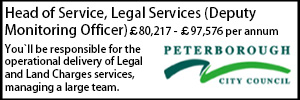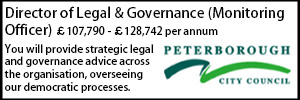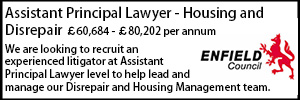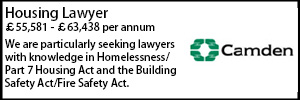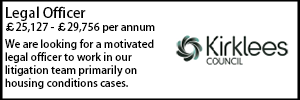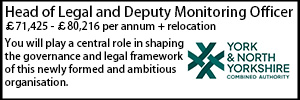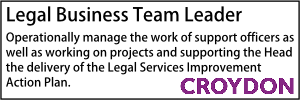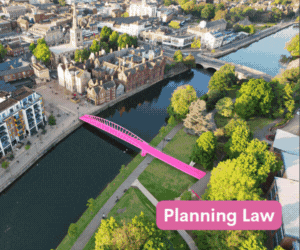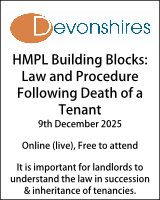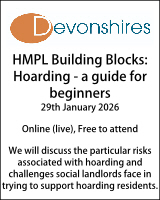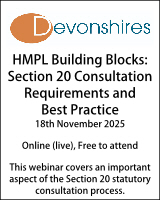Government issues draft guidance for “Awaab’s Law” set to come into force from October 2025
The government has published draft guidance on social landlords’ responsibilities under “Awaab’s Law” which will require social landlords to address emergency and damp and mould hazards that present a “significant risk of harm” to tenants in fixed timeframes.
- Details
The non-statutory guidance will come into force for the social rented sector from 27 October 2025, subject to Parliamentary approval.
The Regulations, known as ‘Awaab’s Law’, are named in memory of two-year old Awaab Ishak, who died in 2020 as a result of a severe respiratory condition due to prolonged exposure to mould in his home.
The Regulations mean landlords must:
- investigate any potential emergency hazards and, if the investigation confirms emergency hazards, undertake relevant safety work as soon as reasonably practicable, both within 24 hours of becoming aware of them;
- investigate any potential significant hazards within 10 working days of becoming aware of them;
- produce a written summary of investigation findings and provide this to the named tenant within 3 working days of the conclusion of the investigation;
- undertake relevant safety work within 5 working days of the investigation concluding, if the investigation identifies a significant hazard;
- begin, or take steps to begin, any further required works within 5 working days of the investigation concluding, if the investigation identifies a significant or emergency hazard. If steps cannot be taken to begin work in 5 working days this must be done as soon as possible, and work must be physically started within 12 weeks;
- satisfactorily complete works within a reasonable time period;
- secure the provision of suitable alternative accommodation for the household, at the social landlord’s expense, if relevant safety work cannot be completed within specified timeframes;
- keep the named tenant updated throughout the process and provide information on how to keep safe.
Also within the draft guidance, the Ministry of Housing, Communities and Local Government announced plans to extend regulations to include the following hazards, where they present a “significant risk of harm”, in 2026:
- excess cold and excess heat
- falls associated with baths etc., on level surfaces, on stairs and between levels
- structural collapse, and explosions
- fire, and electrical hazards
- domestic and personal hygiene and food safety
In 2027, the Government plans to extend regulations to all remaining HHSRS hazards (apart from overcrowding) where they present a significant risk of harm.
The Housing Health and Safety Rating System (HHSRS) identifies 29 hazards that can affect the health and safety of occupants in residential properties.
The Government noted: “Social landlords should ensure they are preparing for the future expansion of Awaab’s Law. This guidance includes information in relation to damp and mould hazards that will be in scope for the first phase of Awaab’s Law and will be updated to include other hazards ahead of the coming into force of further phases.”
It added: “The phased approach does not mean that social landlords have leeway on addressing dangerous issues in their homes in the meantime. Social landlords should continue to meet their legal duties to keep homes safe by fixing disrepair, and keeping their homes fit for human habitation and free of dangerous ‘category 1’ health or safety hazards.”
Lottie Winson
22-10-2025 4:00 pm
05-11-2025 4:00 pm









